Fence picket walls
Slowgal59
11 years ago
Related Stories
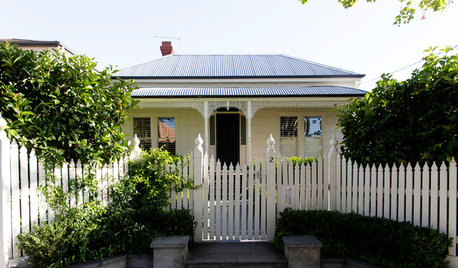
HOMES AROUND THE WORLDMy Houzz: The Stylish Home Behind a White Picket Fence
A family finds much to love about their home near Melbourne, Australia
Full Story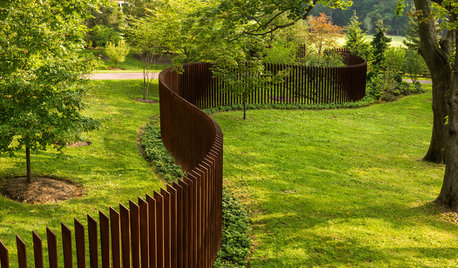
FENCES AND GATES12 Delightfully Different Garden Walls and Fences
If pickets seem picked over and you shrink from chain link, try these full-of-personality fencing alternatives
Full Story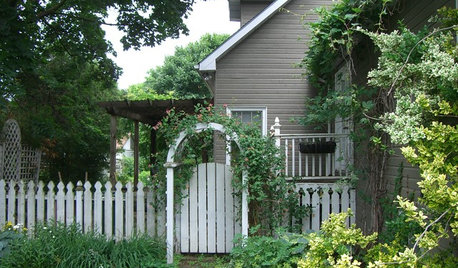
GARDENING AND LANDSCAPINGEnduring Design: The Picket Fence
Wrap the Whole Yard or Just Add a Touch of This Classic Symbol of Home
Full Story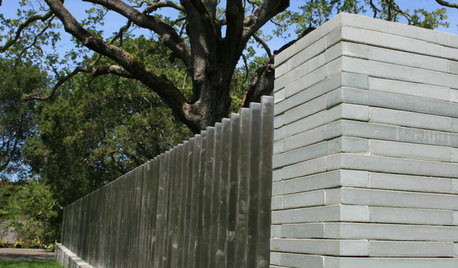
EXTERIORS11 Fences to Match a Modern Mood
Pass on the picket — steel, glass and other materials let fences make a perfect union with modern house mates
Full Story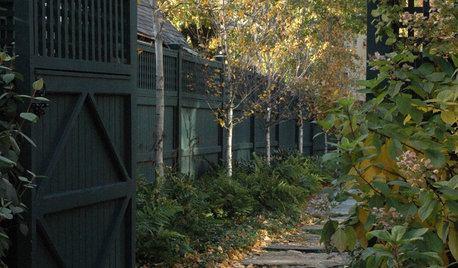
GARDENING AND LANDSCAPING12 Great Fences and Gates
Add Texture and Structure to your Garden With Fences with Flair
Full Story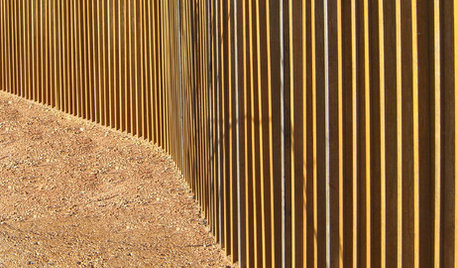
LANDSCAPE DESIGN10 Creative Fence Designs
Unique materials and imaginative applications turn this yard staple into a powerful outdoor accessory
Full Story
FENCES AND GATESHow to Install a Wood Fence
Gain privacy and separate areas with one of the most economical fencing choices: stained, painted or untreated wood
Full Story
LANDSCAPE DESIGNGarden Walls: Dry-Stacked Stone Walls Keep Their Place in the Garden
See an ancient building technique that’s held stone walls together without mortar for centuries
Full Story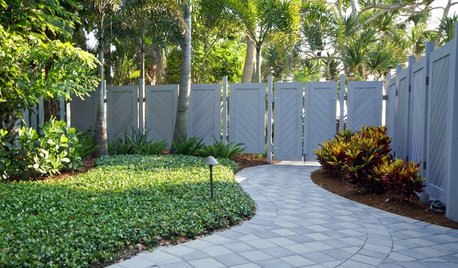
LANDSCAPE DESIGNHow to Choose a Fence That Feels Right and Works Hard
Making a thoughtful fencing choice now can create happiness for years to come
Full Story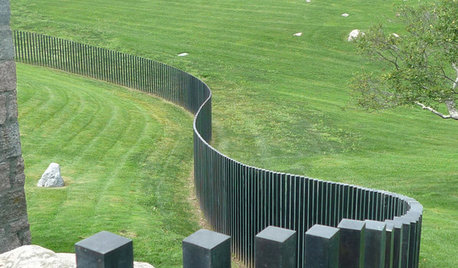
LANDSCAPE DESIGNGood Fences, Good Neighbors — and Good Views
See-through vertical fencing connects a yard with its surroundings while keeping children and pets safely inside
Full StoryMore Discussions






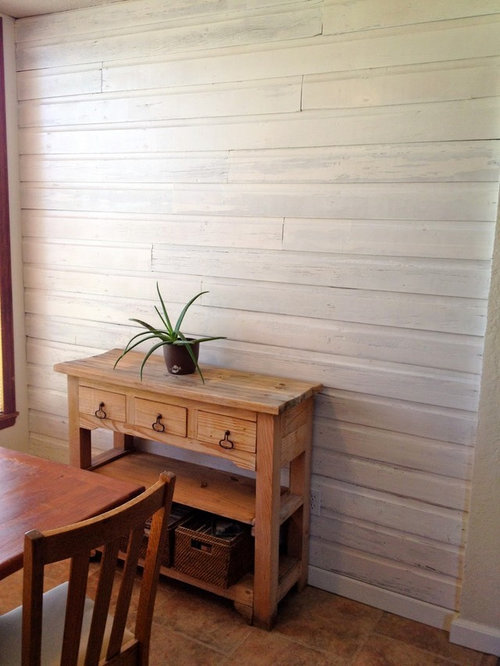


millworkman
User
Related Professionals
Holt Cabinets & Cabinetry · Murray Cabinets & Cabinetry · Oakland Park Cabinets & Cabinetry · Wilkinsburg Cabinets & Cabinetry · Del Aire Carpenters · Miami Springs Carpenters · Wentzville Carpenters · Ft Washington Flooring Contractors · Highlands Ranch Flooring Contractors · Lacey Flooring Contractors · Merriam Flooring Contractors · Pittsburg Flooring Contractors · St. Louis Flooring Contractors · Chicago Furniture & Accessories · Maplewood Furniture & AccessoriesSlowgal59Original Author
User
Fori
lazy_gardens